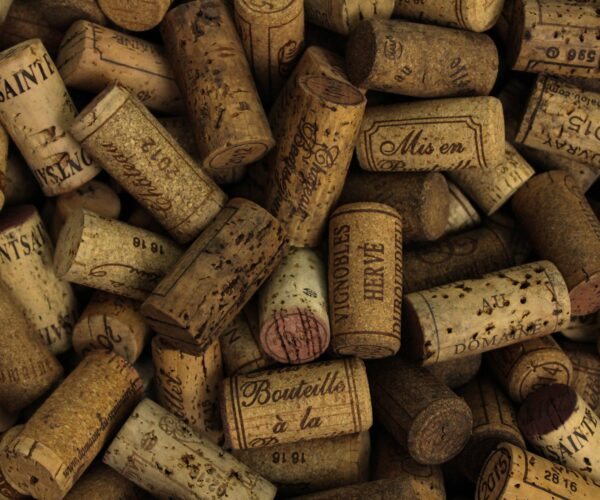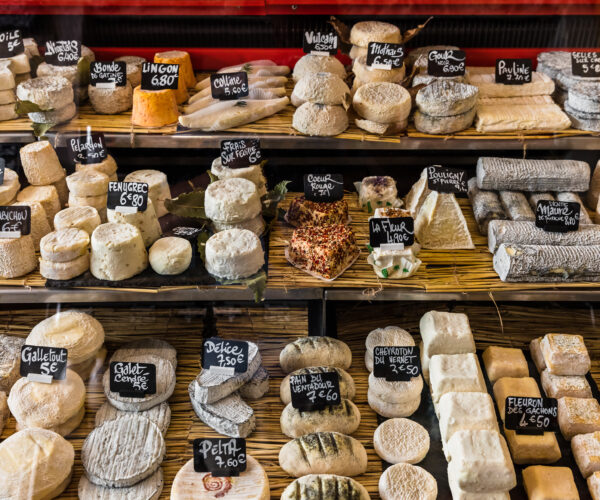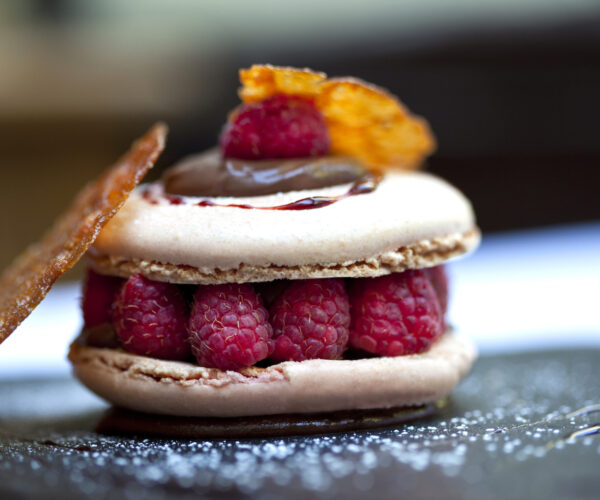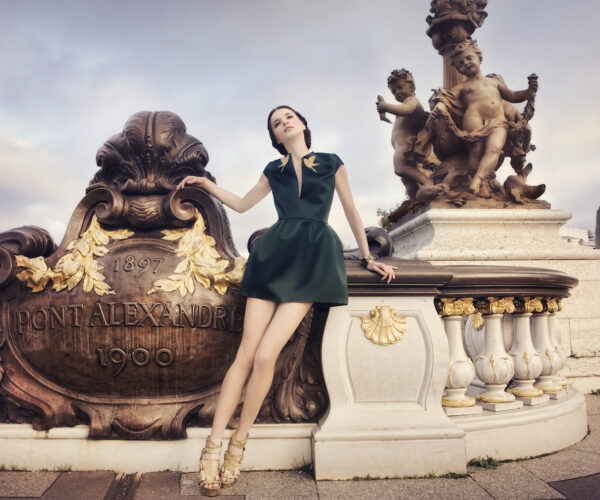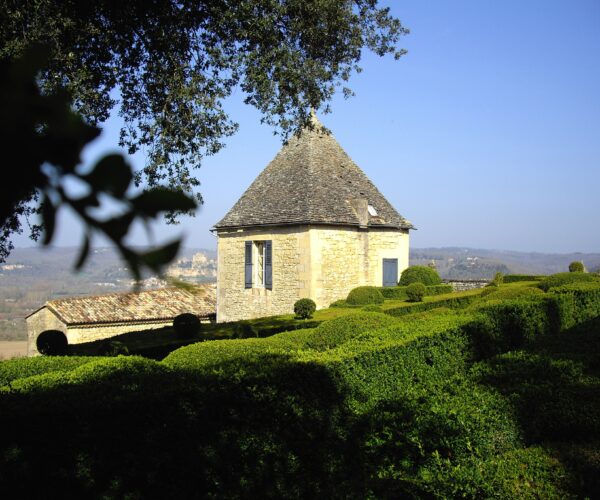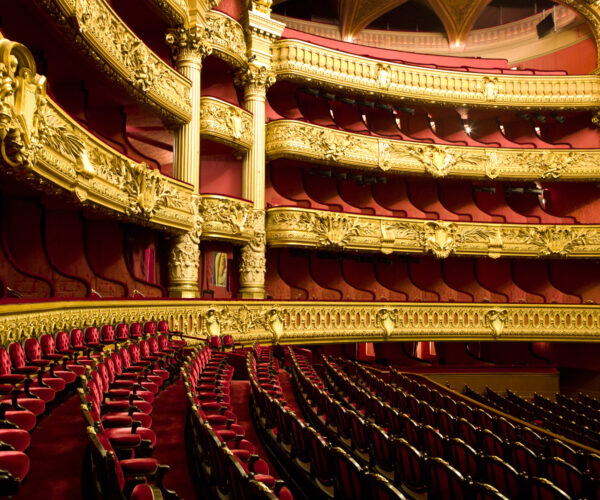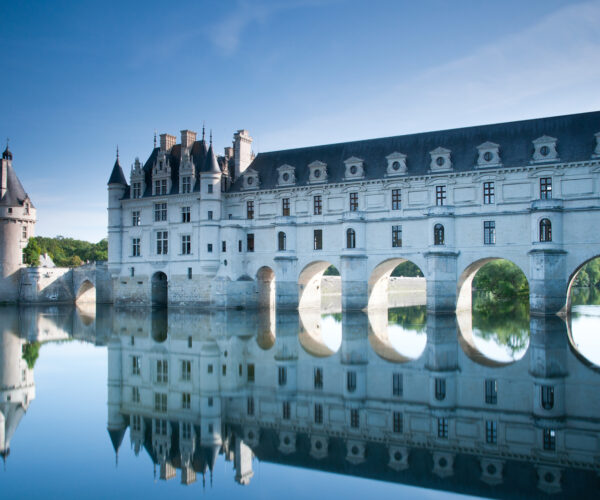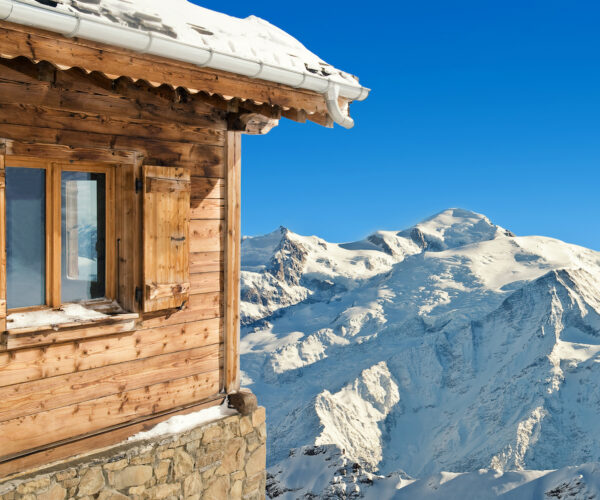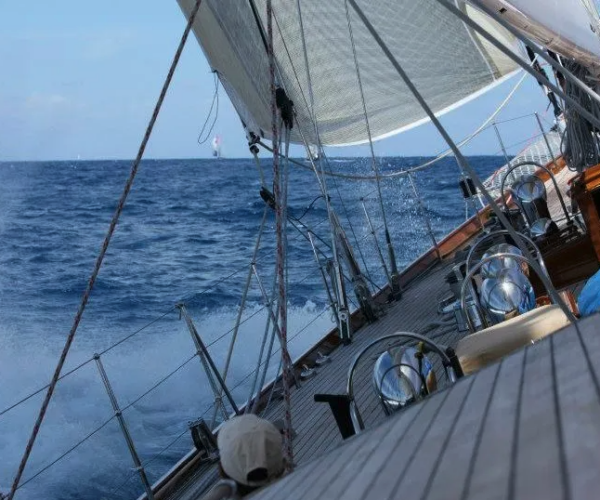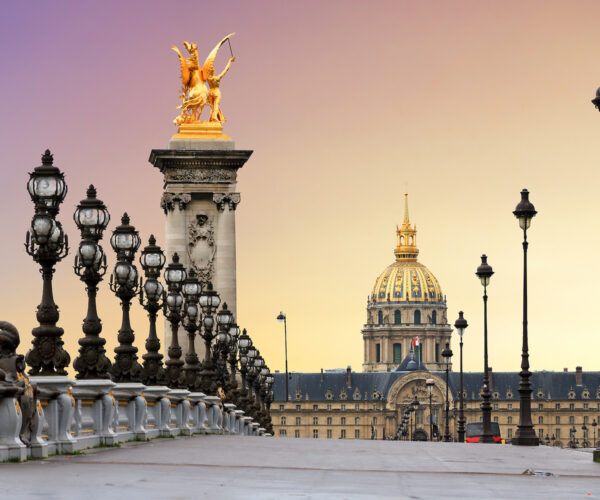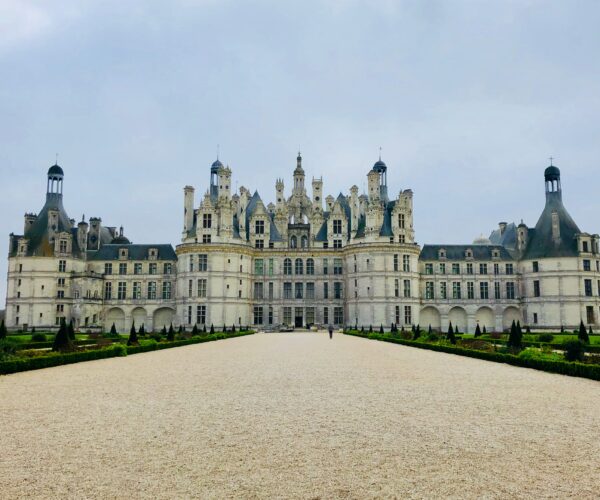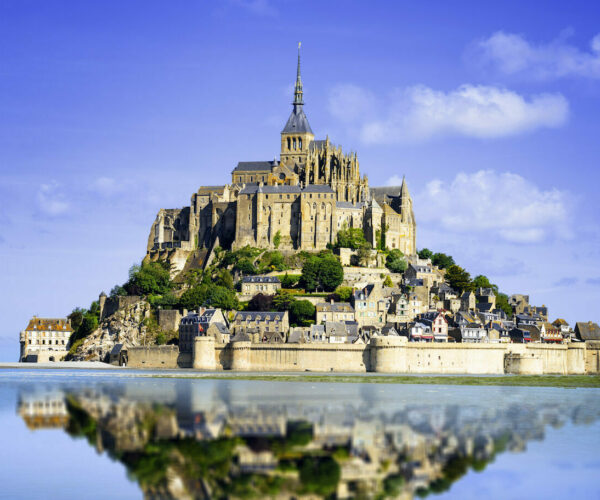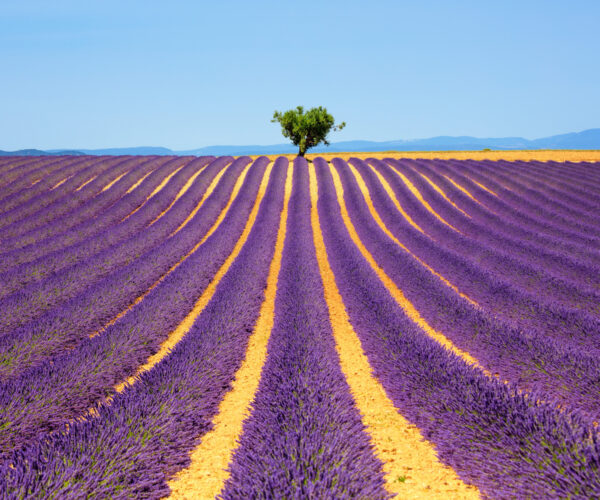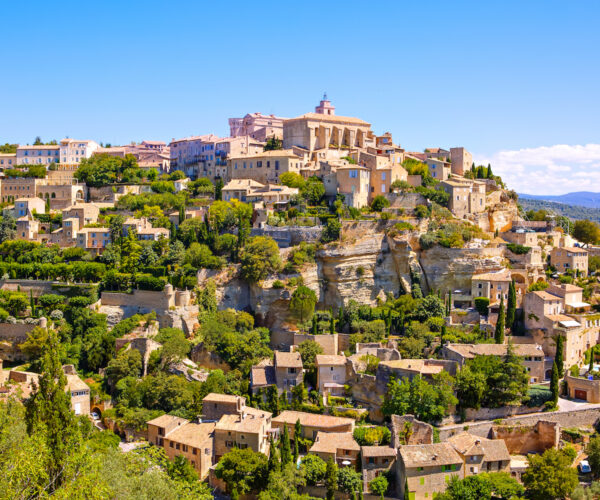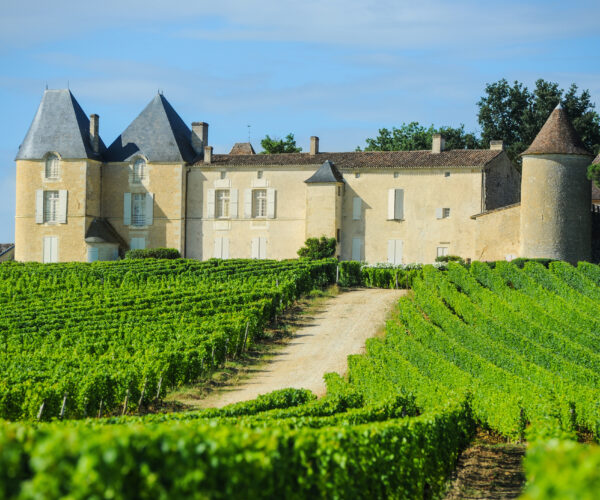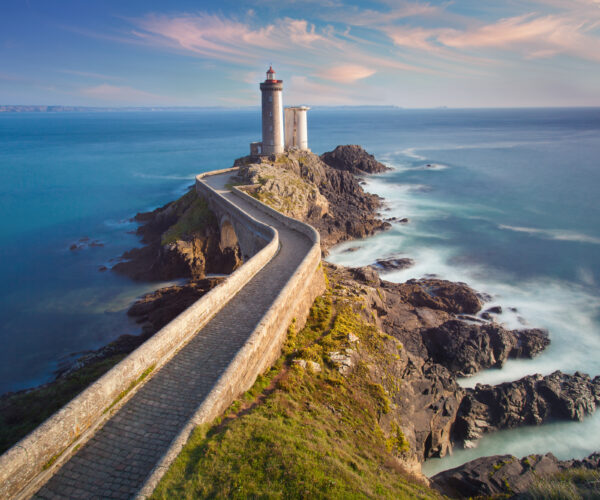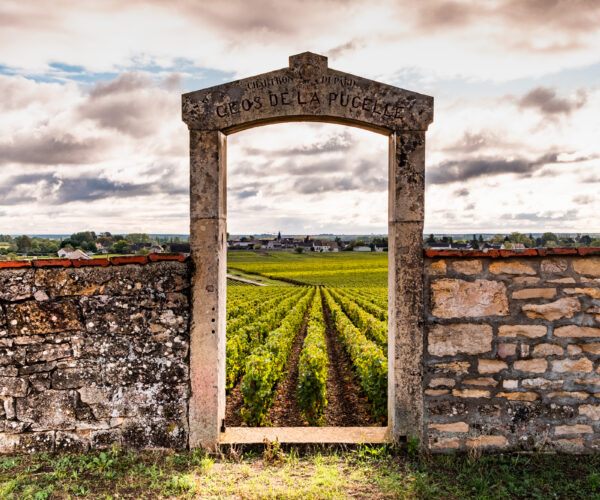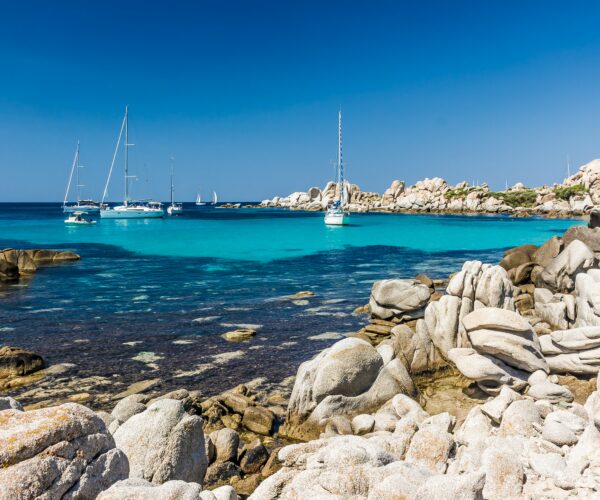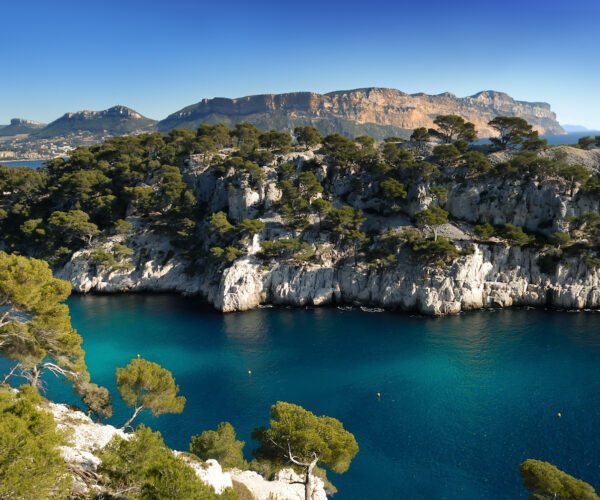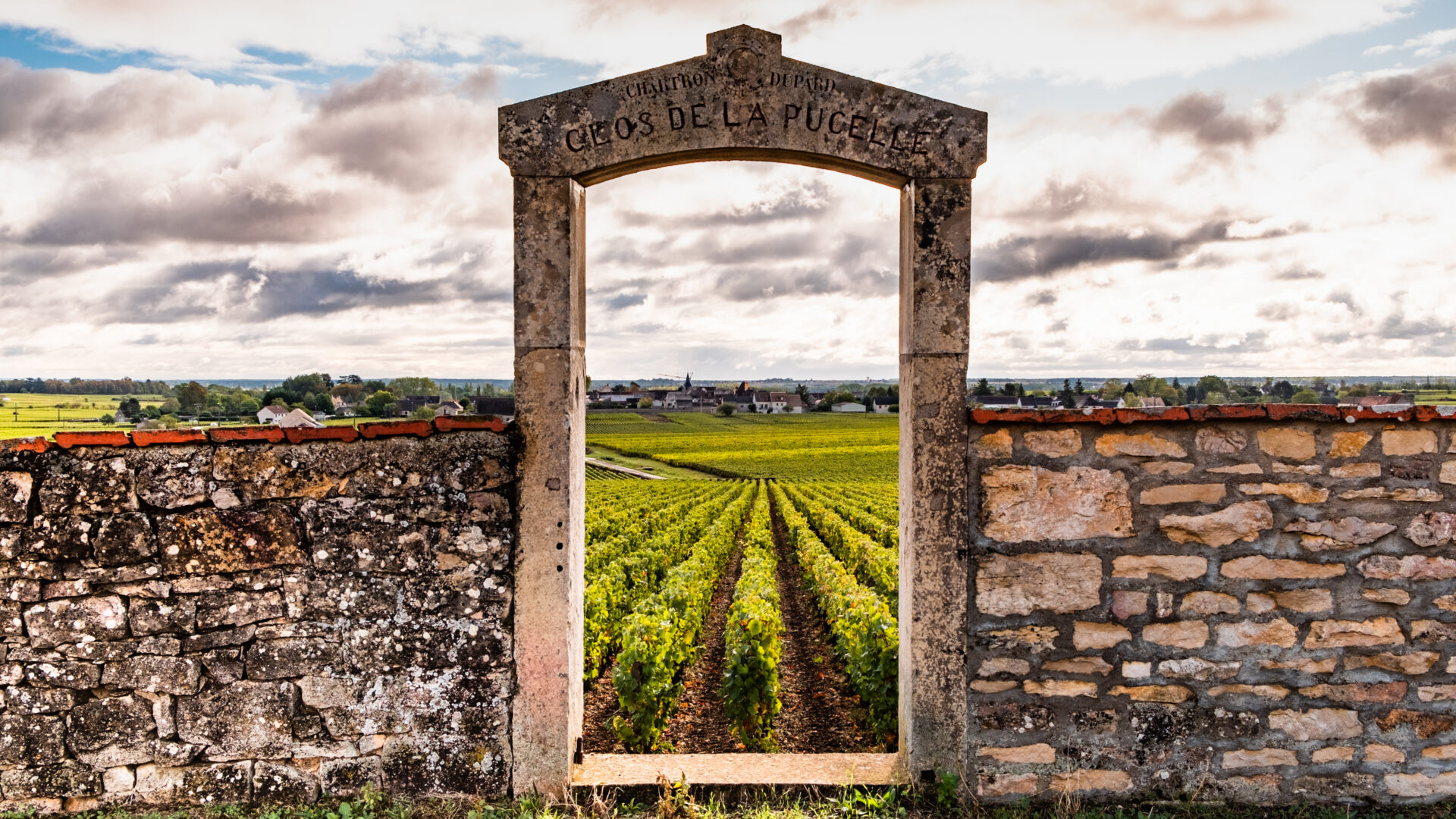
Burgundy
Luxury travel to Burgundy
The carved stone and woodwork of the courtyard are pretty. You admire them, then, as you look up at the rooftop, you are amazed. Red, green, yellow, black. Thousands of flat, glazed colored tiles create intricate designs and patterns, like nothing you’ve ever seen before.
The roof you see is uniquely Burgundian.
These roofs were the status symbols of the 13th, 14th and 15th centuries. Today’s status? You, here, able to admire this treasure in the company of a local expert who explains to you the history behind the beauty.
5 things you don’t know
about Burgundy
Burgundy is a crossroads between the north and east of Europe with Italy and the Mediterranean, with centuries’ old trade routes along the Rhône and Saone rivers. This has created a rich history, a wealth of architectural treasures, and also a rich local cuisine with spices and ingredients not found elsewhere in France at the time.
A few things you might not know about Burgundy:
Burgundy was a separate country until January 5, 1477, when French troops won the Battle of Nancy and Charles the Bold, Duke of Burgundy, died.
A case of divided loyalties? Burgundy fought for England against the French towards the end of the 100 Years War.
Dijon mustard originated here. The recipe so loved today was developed in 1856 when the painter Jean Naijon added verjus, the juice of unripe grapes.
Kir is a regional specialty. Traditionally made with black current liqueur and a white burgundy wine, the cocktail’s name comes from Félix Kir, the mayor of Dijon from 1945 – 1968.
Gustave Eiffel was born in Dijon. In 1879, he founded his company, the enterprise which would later design the Eiffel Tower and collaborate on the Statue of Liberty, in the Burgundian city.
Burgundy travel guide
Académie des Arts de Vivre (AAV) has selected the finest luxury hotels and chateaux to pamper you during your stay in this beautiful region.
The Hostellerie Cèdre is located in the center of Beaune, overlooking the spectacular ramparts of the historic city. The hotel offers 40 bespoke rooms and suites, a gourmet restaurant, a lounge bar with fireplace perfect for a drink after a day of sightseeing. The spa is unique, located in a magnificent vaulted stone cellar, a clue to the long history of the hostellerie.
Five star Hotel Le Cep, also in Beaune, is composed of two 16th century mansions with their courtyards. In fitting with this setting, the luxury rooms and suites are all furnished with antiques which have been hunted down, one by one, each adding the perfect accent to the décor. You will find this same care in everything the hotel offers, especially in its 1-Michelin star restaurant directed by Bernard Loiseau.
Just outside of Beaune, the Hostellerie de Levernois is the summum of luxury without ostentation, the ultimate elegance. The 18th century mansion and
outbuildings have been transformed into cozy, charming 5-star rooms and suites, perfect for romantic getaways. The beautiful six hectare park makes it great for families as well.
Between Dijon and Beaune, the Chateau de Gilly is situated in the former residence of the Cîteaux Abbeys, buildings from the 14th and 17th centuries. The Chateau is luxurious and comfortable, yet remains faithful to its heritage, with a moat and a beautifully vaulted dining room. The Chateau de Gilly is perfect for a romantic getaway.
Also between Dijon and Beaune, the Abbaye de la Bussière is a hotel of extraordinary luxury, family-owned since 2005. It offers a Michelin-starred restaurant, the 1131, and a bistrot, installed in a former monastic kitchen, although the cuisine now is anything but ascetic. The Abbaye is a short drive to the wine domains of Gevrey-Chambertin, Vosne-Romanée, Nuits-Saint-Georges, Meursault, and Puligny-Montrachet.
Best luxury experiences in Burgundy
Private visit of a Côte de Nuits domain
Your expert guide and chauffeur will take you to some of the most prestigious vineyards in the Côte de Nuits region, home of Grands Crus, such as Vosne-Romanée, Morey Saint Denis and Chambertin-Clos de Bèze, the oldest vineyard in Burgundy dating back to 632 BC. For more on our wine experiences.
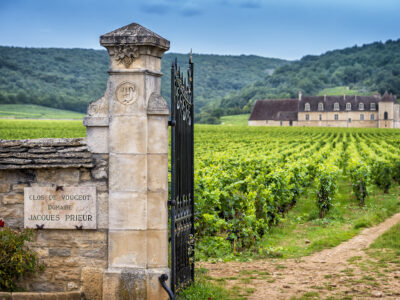
Private lessons with a Burgundian chef
A renowned chef will take you to one of Burgundy’s best markets and show you the regional specialties: Epoisse cheese, Charolais beef, escargot, and mustard, to name a few. After your shopping, you will return to his kitchen for a private cooking class. At the end of the class, you will enjoy the meal you have prepared, along with a great Burgundy wine. For more on our gourmet experiences.
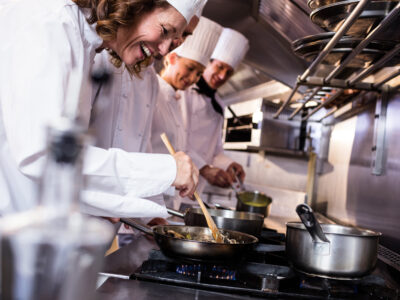
The Beaune wine auction
Every year in November, the Hospices de Beaune organizes a wine auction, probably the world’s most famous wine sale. An AAV expert sommelier will organize wine tastings for you before the auction, where you can meet with the vineyards’ owners, and will also help you choose and bid on your ideal wine. A unique event for the privileged few.
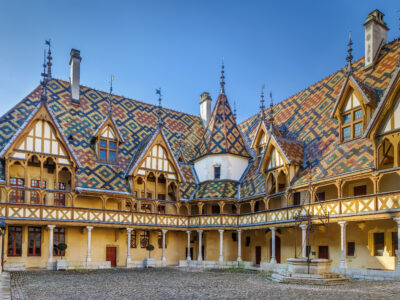
Who-who wants to visit Dijon?
On one of the buttresses of Notre-Dame is a little stone statue of an owl who brings luck to passers-by who pet it with their left hand. As a result, the owl has become the mascot of Dijon, and the theme of a walking tour through the historic city center. The Owl Route takes you to all major monuments in Dijon. A delightful way to visit the city, especially with children. For more on our architecture experiences.
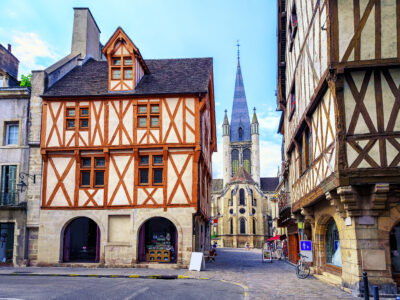
When is the best time to visit Burgundy?
1,000 km of sailable rivers and canals lead through the Burgundy region, passing through picturesque towns, historic cities, green landscapes and cultivated fields. Burgundy is a beautiful region, no matter the season.
Burgundy in winter:
Winter is a great time to visit the region and enjoy local culinary traditions such as snails (yes, the best snails come from Burgundy) and boeuf bourguignon, introduced to the U.S. by Julia Child. End of January marks the festival of Saint-Cincent Tournante, the patron saint of the vines—a very important event in the region.
Burgundy in spring:
No place is more lovely in spring than Burgundy. The rolling hills and waterways suddenly come alive, first with tender green leaves, then bursting with color, the yellow rapeseed in the field, the pink of cherry trees. This is the best season for hiking or biking, before the heat of summer.
Burgundy in summer:
With the long, sunny days of summer, you will see Burgundy at its best. Hike along the trails throughout the countryside, through fields of sunflowers or wine grapes. The Lac des Settons is great for swimming and sailing. Enjoy the long evenings with an aperitif and nibbles in one of the many picturesque villages.
Burgundy in autumn:
The autumn colors of the vineyards is particularly breathtaking in Burgundy. See it from the luxury of a chauffeured car—or venture out by bike on one of the many bike trails which wind through the beautiful countryside. At the end of autumn, the Hospices de Beaune organize their annual charity auction.
Travel tips about Burgundy
With a landscape of wide rivers, canals, fertile valleys, rolling hillsides, Burgundy is especially beautiful. It has been a popular tourist destination since… the middle ages when pilgrims from the north-east of Europe would cross Burgundy on their way to Santiago de Compostela, which is why you will discover so many churches and abbeys.
The beautiful wines are reason enough to visit Burgundy. Some of the most prestigious wines in the world are produced here– and AAV can arrange for you to visit the domains—but there is also a wealth of other unique experiences awaiting you.
Bird lovers’ paradise
The lush countryside and forests, rivers, canals, and lakes all make the region especially hospitable to birds. More than 160 types of birds call Burgundy home—making it an ideal vacation destination for bird watchers.
Travel back to Gaul
Biberact was the capital of Gaul at the end of the second century B.C. and home to more than 10,000 inhabitants. Now called Mount Beuvray, the site has an archeological center, temporary and permanent exhibitions and a breathtaking panorama of the surrounding countryside.
Notre-Dame de Cîteaux
If you visit the Nuits Saint Georges wine region, be sure to stop at the Abbaye Notre-Dame de Cîteaux. This Cistercian monastery was founded in 1098 and houses a community of 35 brothers today. You can visit this treasure of gothic architecture with a walking tour or, for the more spiritual, participate in a prayer service.
Modern Art
With Burgundy’s long history and strong gastronomic traditions, you might overlook its leading role with today’s artists. Be sure to visit the Center for Contemporary Art in Dijon. A former factory repurposed by the Japanese artist Shigeru Ban, the center has many temporary exhibitions of world-renowned artists (Willem de Rooij, Christian Lindow, Marie Angeletti, among others).
Abbaye de Fontenay
A UNESCO world heritage site, the Fontenay Abbey was founded in 1118 by Saint Bernard of Clairvaux. During the French revolution, the Abbey was verted to an industrial use, which, luckily, resulted in all the Romanesque buildings being preserved. In fact, it is the oldest preserved Cistercian abbey in the world. The gardens alone are worth the visit.
Plan
your trip
If you wish to schedule a time to speak about the trip you have in mind, please click on the “Tailor my trip” button and fill in our form. We will get back to you very shortly after reception of your request.
